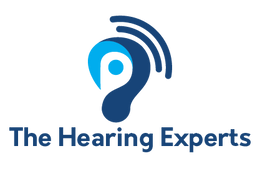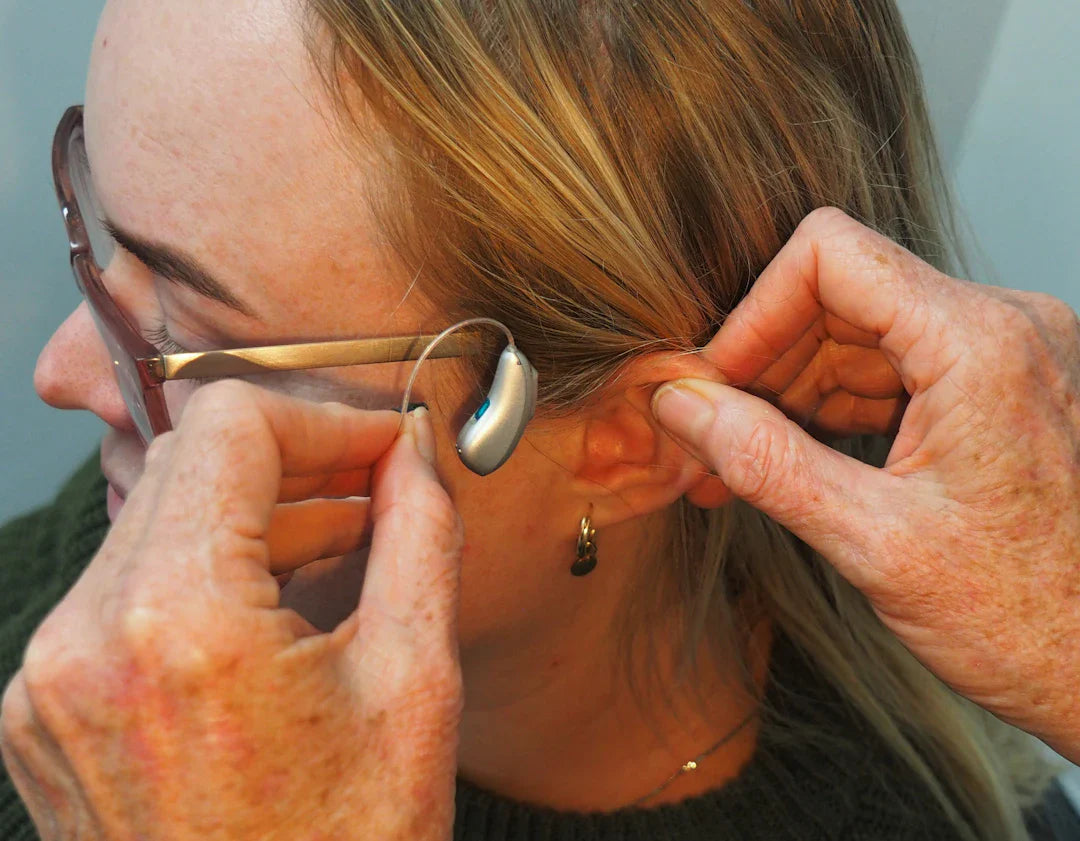Hearing aids have come a long way over the years, evolving alongside advancements in technology to provide more effective solutions for individuals with hearing loss. From the early mechanical devices to the sophisticated digital aids of today, the journey of hearing aid technology is truly remarkable.
Early Beginnings
In the early days, hearing aids were bulky, uncomfortable, and not very efficient. These devices used basic amplification techniques and were often custom-made for each individual. While they helped to some extent, there was still much room for improvement when it came to clarity and functionality.
Introduction of Electronic Technology
The introduction of electronic technology revolutionised the field of audiology. In the 1950s, hearing aids started incorporating transistors, making them smaller, more powerful, and easier to use. This shift laid the foundation for the modern hearing aids we see today.
Digital Age Transformation
With the advent of digital technology, hearing aids underwent a significant transformation. Digital hearing aids are capable of processing sound in a way that closely mimics the natural hearing process, providing wearers with a more natural listening experience.
Features and Benefits
Modern hearing aids come with a range of features designed to improve the overall user experience. From wireless connectivity to noise-cancellation technology, these devices are more advanced than ever before, offering users greater comfort and convenience.
Hearing Aid Design Innovations
The design of hearing aids has also evolved over time. Today, you can find sleek, discreet devices that are barely noticeable when worn. This shift towards more aesthetically pleasing designs has made wearing hearing aids a more positive experience for many individuals.
Enhanced Performance
Advancements in hearing aid technology have led to significant improvements in performance. Modern devices are able to adapt to different listening environments, making it easier for users to hear conversations in noisy settings and adjust settings based on their preferences.
Personalised Solutions
Audiology professionals now have access to a wide range of tools and technologies to provide personalised solutions for individuals with hearing loss. From comprehensive hearing assessments to customised programming, the focus is on delivering tailored care to meet each person's unique needs.
Continued Innovation
The evolution of hearing aid technology continues to progress at a rapid pace. Researchers and developers are constantly working on new ways to enhance the performance, comfort, and functionality of these devices, ensuring that individuals with hearing loss have access to the best possible solutions.
Addressing Hearing Health Concerns
With innovations such as earwax removal services and tinnitus management programmes, modern audiology practices are not just about providing hearing aids but also addressing broader hearing health concerns. This holistic approach ensures that individuals receive comprehensive care for their hearing needs.
Empowering Individuals
By staying at the forefront of audiology technology, individuals with hearing loss are empowered to lead fulfilling lives without limitations. The advancements in hearing aid technology have made it easier for people to communicate, engage with their surroundings, and enjoy a better quality of life.
Seeking Professional Support
For those experiencing hearing difficulties, seeking professional support from audiologists is crucial. Whether it's for a hearing assessment, earwax removal, tinnitus management, or to explore the latest hearing aids on the market, audiologists play a vital role in improving hearing health.
Embracing the Future
In conclusion, the evolution of hearing aid technology has had a profound impact on the lives of individuals with hearing loss. With continuous innovation and a focus on personalised care, the future of audiology looks promising, empowering more people to overcome hearing challenges and embrace a world of sound.




